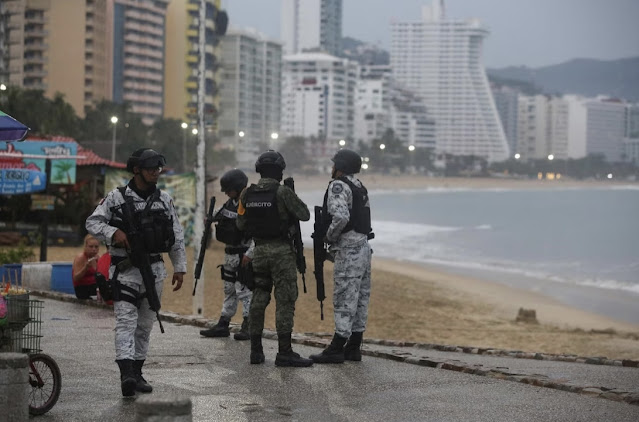Unraveling the Complex Landscape of Tunnels in the Gaza Conflict
Unraveling the Complex Landscape of Tunnels in the Gaza Conflict
| Inside the Depths: A Guided Tour by an Israeli Army Officer Revealing a Tunnel Linked to Palestinian Cross-Border Attacks, July 25, 2014 |
In the aftermath of the recent encirclement of Gaza City by Israeli forces, the focus shifts to the intricate underground battle against Hamas tunnels. Examining the military tactics employed, it becomes evident that the approach involves a combination of age-old methods and cutting-edge technology.
The battlefield, described by reporters as "the fringes of Gaza City," reveals a landscape scarred by destruction from aerial bombardments and ground assaults. The positioning of the 401st Brigade company suggests a meticulous, street-by-street advancement, indicating that the underground conflict in Gaza City has yet to intensify.
Venturing into the subterranean realm poses challenges for Israeli forces. The first task involves identifying the multitude of tunnel entrances scattered throughout the extensive network, often concealed within residential buildings, garages, and other structures. Years of preparation, including drone surveillance and informant contributions, have yielded valuable data on these entrances.
Mapping the tunnels requires entering this perilous environment, overcoming technical obstacles such as the limitations of GPS devices underground. The solution involves utilizing magnetic sensors and movement detectors, a crude yet functional system. Navigating the labyrinthine tunnels demands night-vision goggles, reliance on field telephones for communication, and constant vigilance at every junction.
Surviving inside the tunnels becomes a daunting task, considering potential opposition from Hamas fighters. The tunnels may be booby-trapped with improvised explosive devices (IEDs), creating a hazardous environment for Israeli forces. Factors like detonator-triggered explosions, wired networks carrying various utilities, and potential counterattacks further complicate the situation.
Forcing Hamas out of the tunnels becomes a strategic goal, leveraging technological advantages and chemical agents such as teargas. The use of less-lethal options aligns with international norms, avoiding accusations of disproportionate force.
Urban warfare in tunnels demands specialized equipment, with soldiers likely equipped with smaller-caliber weapons and sound suppressors. Flash grenades and combat knives may play a role in close-quarters combat, while the challenging conditions necessitate adaptability and caution.
The complex task of destroying tunnels involves overcoming engineering challenges, with Israel seeking not only to block but obliterate the entire underground network. This multifaceted approach, blending historical military practices with modern technology, underscores the intricate nature of the conflict beneath the surface in Gaza.
The tunnel-centric conflict introduces additional considerations. Israel's combat engineers have explored innovative solutions like the "sponge bomb," designed to rapidly create concrete-hard plugs within tunnels. However, challenges and mishaps during testing raise questions about its immediate deployment.
Demolishing tunnels permanently requires a more extensive approach, involving deep excavations, strategically placed explosives, and controlled detonations. Undertaking such engineering endeavors amid active combat remains a formidable task, raising the question of whether Israel aims to prioritize the destruction of Hamas fighters before tackling the comprehensive demolition of the underground network.
As the conflict unfolds, the intricate dance beneath the surface mirrors the complexity above ground. The tactics employed by both sides in this subterranean struggle reveal a relentless pursuit of strategic advantage, blending historical lessons with contemporary technology. The outcome remains uncertain, but the battle for supremacy in the tunnels beneath Gaza City adds a layer of complexity to the broader narrative of the conflict.






